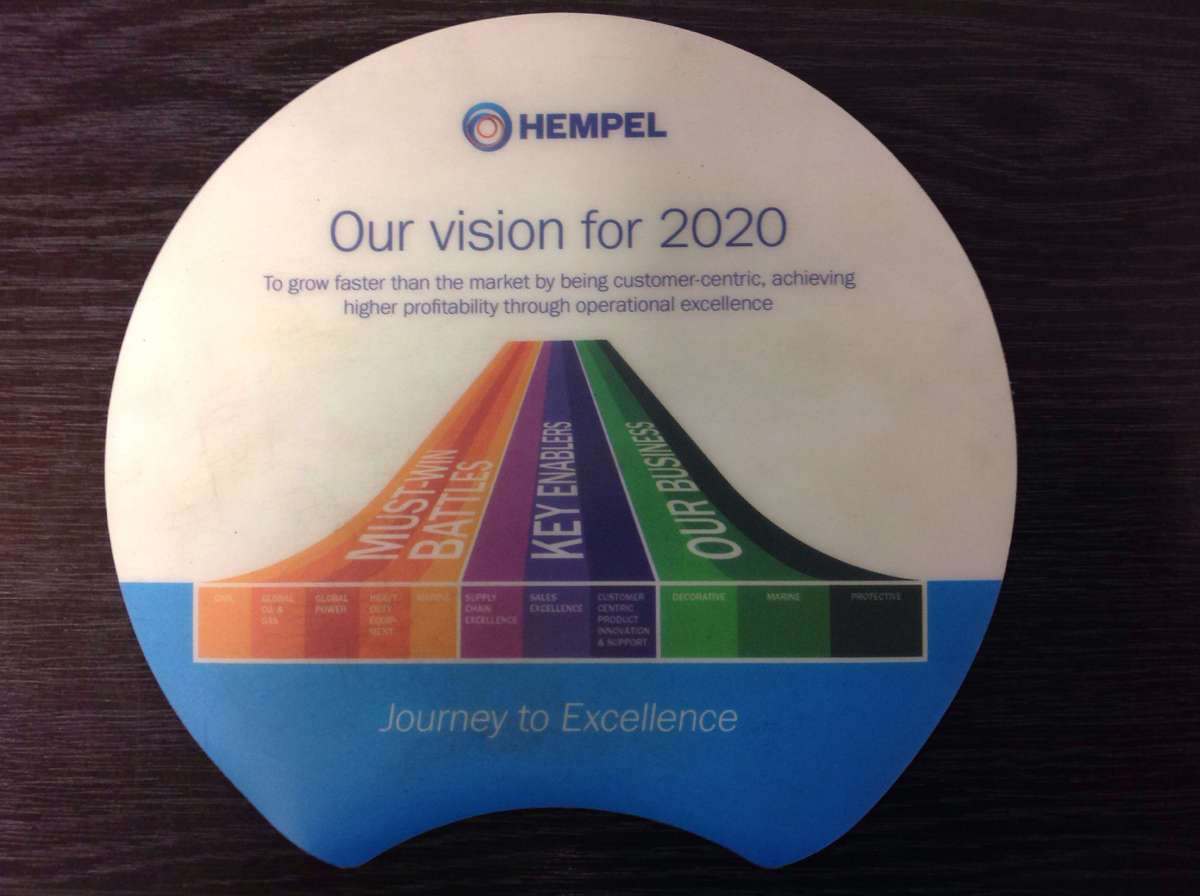Information
-
Puwer Risk Assessment
-
Document No.
-
Org unit
-
Darwen Site
- Darwen Dc
- Darwen Engineering
- Darwen No1 Emulsion
- Darwen No2 Oil Paints
- Darwen Site General
- Darwen Polymer
- Crown House
- Darwen DC
- Research and Development
-
Department
-
Conducted on
-
Assessors Name
- Department Manager
- Karen Astbury
- Clint Baxter
- Colin Duckett
- Paul Feldwicke
- Shift technician
- Department Safety Representative
- Stephen Martin
(1). Certification, Documentation.
-
Is this machine or equipment brand new?
-
- pre 1990
- Non Europe
- Already been assessed and approved
- Second hand
- Transferred form another department or factory.
- New direct from supplier.
-
Does the equipment have a CE accreditation ?
-
If no say why.
- pre 1990
- Non Europe
- Already been assessed and approved
- Second hand
- Transferred form another department or factory.
- New direct from supplier.
-
If yes date of manufacture and details
-
Select date
-
Has the equipment been assigned a unique sap reference identification number.
-
Details
-
Is there a fault, defect, problem reporting procedure in place?
-
Does the equipment have a suitable operating manual, user hand book
-
Has the equipment been assigned its own log book?
-
If the equipment been assigned its own log book,is it checked,audited by supervisory persons etc?
-
Will parts of the equipment require future examination and certification by a competent person?
-
- Machine supplier
- External contractor
- Department technician
(2). Environment
-
Will the machine or equipment be effected by any external source, ie extreme weather, leaking header tanks or vessels near by?
-
Is the machine securely fastened down?
-
Is the product being produced and or transferred secure and safe from overturning, collapsing, or sliding?
-
If no please say what.
-
Add media
-
Does the machine have its power supplies covered and safely fasten out or the way were possible?
-
Is there danger from, parts of the plant or work pieces disintegrating?
-
Does the machine or its equipment have any confined spaces present?
-
Does the machine or equipment emit any unacceptable levels of noise, dust, vibration, vapours, mist and or gasses?
-
Can anyone be struck by moving objects or parts of the equipment or due to traffic in the area.
-
If yes say what.
-
Does the machine or equipment have any sharp edges or protrusions
-
If yes say what
-
Is there any extreme hot or cold surfaces or process caused or used by the machine or equipment
-
If yes say what
(3). Control and signage
-
Is the risk of injury reduced because of the control methods in place?
-
Are controls designed to lead to a (fail safe) condition?
-
Is there a risk of another user starting the machine because there is more than one start button, or control panel
-
Can the machine only be started by the start button and by no other means?
-
Does the machine or equipment have an inching control facility?
-
Does the stop control Dissipate any stored or latent energy?
-
Does the stop bring the machine or equipment to a safe condition?
-
Does the machine or equipment require an ignition or key switch to start?
-
Is the machine or equipment adequately marked with all the correct Health and Safety signs and notices etc?
-
Please state if no.
(4). Emergency Devices and systems.
-
Are the emergency stops in the form of buttons, or if other please state.
-
- Physical locked gates or doors
- light guards
- emergency switches and doors
- proximity switches
- emergency stops
- Two handed control
- fenced enclosed cell locked by control key
- captivated key system
-
Does the machine or equipment have more than one emergency stop button
-
If so how many?
- pre 1990
- Non Europe
- Already been assessed and approved
- Second hand
- Transferred form another department or factory.
- New direct from supplier.
-
Are these stops regularly checked and audited and recorded?
-
Confirm there is no risk of injury or accident or Uncontrolled or unexpected movement of the machine or equipment when the stop button is pressed.
-
Will any operators maintenance or contractor be Coming in to contact with moving parts of the plant during testing, inspection, operation, maintenance, cleaning or repair of the plant?
-
The disengaging or a reset of the emergency control system does not restart the machine or process automatically
(5). Dangerous Parts.
-
What are the risks and dangers associated with this machine or equipment
- Entanglement
- Crush injury
- Trips
- Fumes
- Falls
- Workng at height
- Moving parts
- Moving traffic
- Noise
- Other
-
Indicate which guards are present on the machine.
-
List the types of guards present.
- Physical locked gates or doors
- light guards
- emergency switches and doors
- proximity switches
- emergency stops
- Two handed control
- fenced enclosed cell locked by control key
- captivated key system
-
Are the guards or protection devices of good design, construction and strong enough?<br>
-
Are guards or protection devices maintained in an effective and efficient state?<br>
-
Can operators bypass or disable guards or protection devices.<br>
-
Are the guards or protection devices at a sufficient distance from the danger zone are areas?
-
Do the guards or protection devices require a tool to reset or remove them?
-
Are there any trap hazards present?
-
Are there any entanglement hazards present?
-
Are there any trip hazards present?
-
Are there any impact hazards from moving parts or objects?
-
If yes for any of the above, please state.
-
If anyone’s body parts can be caught or entangled is there anything that could restrict the dangers?
-
1. Elimination. 2. Substitution. 3. Engineering Controls. 4. Isolation. 5. Administrative Controls. 6. PPE
(6). Isolation
-
Will setting up, cleaning down or maintenance work require a permit to work?
-
Is there an adequate and correct means of switching and isolating all forms energy off.
-
Is there locking off facilities available at the control panels and isolation units?
-
Does the machine or equipment have or need and require and interlock system?
-
Please state.
-
Are there any captivated key devices on this machine or equipment?
-
If so how many?
- 1
- 2
- 3
- 4
- 5
- 6
- 7
- 8
- 9
- more than 10
-
Are the hydraulic,oil,air pipes or pressure hoses as short as possible?
-
Are all hoses in good condition and and sound?
-
If any of the hoses inadvertently part will the loose ends flail about?
-
Is there any visible and notifiable gauges ?
-
Can any of these hoses be safety isolated and drained off?
-
Are any of these hoses free from snagging or abrasion, if they move with any of the machine or equipment?
-
Other dangers whilst operating machine or its equipment?
-
1. Elimination. 2. Substitution. 3. Engineering Controls. 4. Isolation. 5. Administrative Controls. 6. PPE
(7). Electrical.
-
Do the control and circuit cabinets have a securable and or lockable means of entry?<br><br><br>
-
Are there electrical circuits diagrams present or available?
-
Is there adequate working area around the cabinets and are they suitably illuminated?
-
Are there any Damaged, missing or poorly maintained electrical components &/or cables?
-
Is there adequate isolation procedures?
-
Can anyone be injured by electrical shock due to:
-
Electrical Leads on the ground?
-
Overload of electrical circuits?
-
Are there sufficient danger warning signs?
-
Is there sufficient protection from accidental live contact?
-
Is there Water or any other liquids near electrical equipment?
-
Is the machine or equipment adequate earth bonded?
-
Can the process or machine and equipment build up static electricity, and if so can it be adequately discharged
-
Are the power sources and control systems separate?
-
Is there adequate notices of isolation and lock off procedures?
-
Other factors?
-
1. Elimination. 2. Substitution. 3. Engineering Controls. 4. Isolation. 5. Administrative Controls. 6. PPE
(8). General Slips, Trips or Falls
-
Can anyone using the plant, or in the vicinity of the plant, slip, trip or fall due to:
-
Uneven or slippery work surfaces?
-
Poor housekeeping, such as rubbish in the vicinity of the plant, spillage not cleaned up?
-
Obstacles being placed in the vicinity of the plant?
-
Other factors?
-
1. Elimination. 2. Substitution. 3. Engineering Controls. 4. Isolation. 5. Administrative Controls. 6. PPE
(9). Training
-
Has suitable training, instruction and information been given to all operators and personnel been given to those who will work on or come into contact with this machine or equipment?
-
Are there training records in place and maintained and reviewed?
-
Is there correct and up to date SOPs available and readily available near to or fixed to the machine or equipment?
-
Other factors?
-
1. Elimination. 2. Substitution. 3. Engineering Controls. 4. Isolation. 5. Administrative Controls. 6. PPE
(10). Manual Handling
-
Does use of the plant or equipment involve repetitive or sustained postures?
-
- Safe
- Unsafe
- Yes
- No
- Not Applicable
- Yes
- No
-
Does use of the plant or equipment involve high force actions?
-
Does use of the plant or equipment involve an jerking actions?
-
Has there been a report of musculoskeletal disorder associated with the task?
-
Does this task require employees to be working with their hands above their shoulder?
-
Other factors?
-
1. Elimination. 2. Substitution. 3. Engineering Controls. 4. Isolation. 5. Administrative Controls. 6. PPE
(11). General
-
Is there a defect fault reporting procedure?
-
Is there a list of recognised and recommend specified spares?
-
Are service, maintenance records kept?
-
Is there a routine maintenance schedule needed and in place?
-
Are hand tools required for everyday working on the machine or equipment?
-
Does the machine require adjusting when in operation to meet the task requirements?
-
Will a permit to work be required to do the work?
-
Please state if yes.
-
Is there any working at height associated with working with or on this machine or equipment, and is there any risks?
-
Are service, maintenance records kept?
-
Is there any area which fitting of wrong equipment, tools or processes are clearly identified and marked?
-
Other factors?
-
Is there a requirement for seating?
-
1. Elimination. 2. Substitution. 3. Engineering Controls. 4. Isolation. 5. Administrative Controls. 6. PPE
(12). Temperature
-
Can anyone’s health be affected by extreme temperatures by:
-
Coming into contact with objects at high temperature?
-
Coming into contact with objects at Low temperature?
-
Other factors?
-
1. Elimination. 2. Substitution. 3. Engineering Controls. 4. Isolation. 5. Administrative Controls. 6. PPE
(13). Light
-
Is the lighting acceptable?
-
1. Elimination. 2. Substitution. 3. Engineering Controls. 4. Isolation. 5. Administrative Controls. 6. PPE
(14). Noise levels
-
Is the noise acceptable?
-
-
1. Elimination. 2. Substitution. 3. Engineering Controls. 4. Isolation. 5. Administrative Controls. 6. PPE
(15). Other Hazards
-
Could the plant create hazardous conditions other than above mentioned categories including:
-
Explosions, Environmental damage, etc.
-
Other hazards
1. CONSEQUENCE
Most probable result of the potential accident.
-
a. Catastrophe; numerous fatalities; major disruption of activities
-
b. Disaster; multiple fatalities;
-
c. Very serious; Fatality;
-
d. Serious; serious injury (amputation, permanent disability)
-
e. Important; disabling injury;
-
f. Noticeable; minor cuts, bruises, bumps; minor damage.
-
1. Elimination. 2. Substitution. 3. Engineering Controls. 4. Isolation. 5. Administrative Controls. 6. PPE
2. EXPOSURE
The frequency of exposure to the hazard.
-
b. Frequently (approximately once daily).
-
a. Continuously (or many times daily)
-
c. Occasionally (from once per week to once per month)
-
d. Infrequent (from once per month to once per year).
-
e. Rarely (it has been known to occur)
-
f. Very rarely (not known to have occurred)
3. PROBABILITY
Likelihood that the consequence will occur once the individual is exposed to the hazard.
-
a. Almost certain likely or expected result; 1 in 10 chance. 10
-
b. Quite possible/not unusual; 1 in 10 to 1 in 100 chance 6
-
c. Would be an unusual sequence or coincidence; 1 in 100 to 1 in 1000 chance 3
-
d. Would be a remotely possible coincidence 1 in 1000 to 1 in 10,000 chance. 1
-
e. Has never happened after many years of exposure, but is conceivably possible; 1 in 10 000 to 1 in 100,0000 0.5
-
f. Practically impossible sequence (has never happened) 1 in 100,000 chance or lower 0.1
Risk Control Action Plan Risk 1
-
Completed by date/time
-
Responsibility
- Department Manager
- Karen Astbury
- Clint Baxter
- Colin Duckett
- Paul Feldwicke
- Shift technician
- Department Safety Representative
- Stephen Martin
-
Issue identified. Comment on progress/update for actions
Risk Control Action Plan Risk 2
-
Completed by date/time
-
Responsibility
- Department Manager
- Karen Astbury
- Clint Baxter
- Colin Duckett
- Paul Feldwicke
- Shift technician
- Department Safety Representative
- Stephen Martin
-
Issue identified. Comment on progress/update for actions
Risk Control Action Plan Risk 3
-
Completed by date/time
-
Responsibility
- Department Manager
- Karen Astbury
- Clint Baxter
- Colin Duckett
- Paul Feldwicke
- Shift technician
- Department Safety Representative
- Stephen Martin
-
Issue identified. Comment on progress/update for actions
Risk Control Action Plan Risk 4
-
Completed by date/time
-
Responsibility
- Department Manager
- Karen Astbury
- Clint Baxter
- Colin Duckett
- Paul Feldwicke
- Shift technician
- Department Safety Representative
- Stephen Martin
-
Issue identified. Comment on progress/update for actions
Risk Control Action Plan Risk 5
-
Completed by date/time
-
Responsibility
- Department Manager
- Karen Astbury
- Clint Baxter
- Colin Duckett
- Paul Feldwicke
- Shift technician
- Department Safety Representative
- Stephen Martin
-
Issue identified. Comment on progress/update for actions
Auditor to sign when completed
-
Auditor to sign here
-
Auditor to sign here













